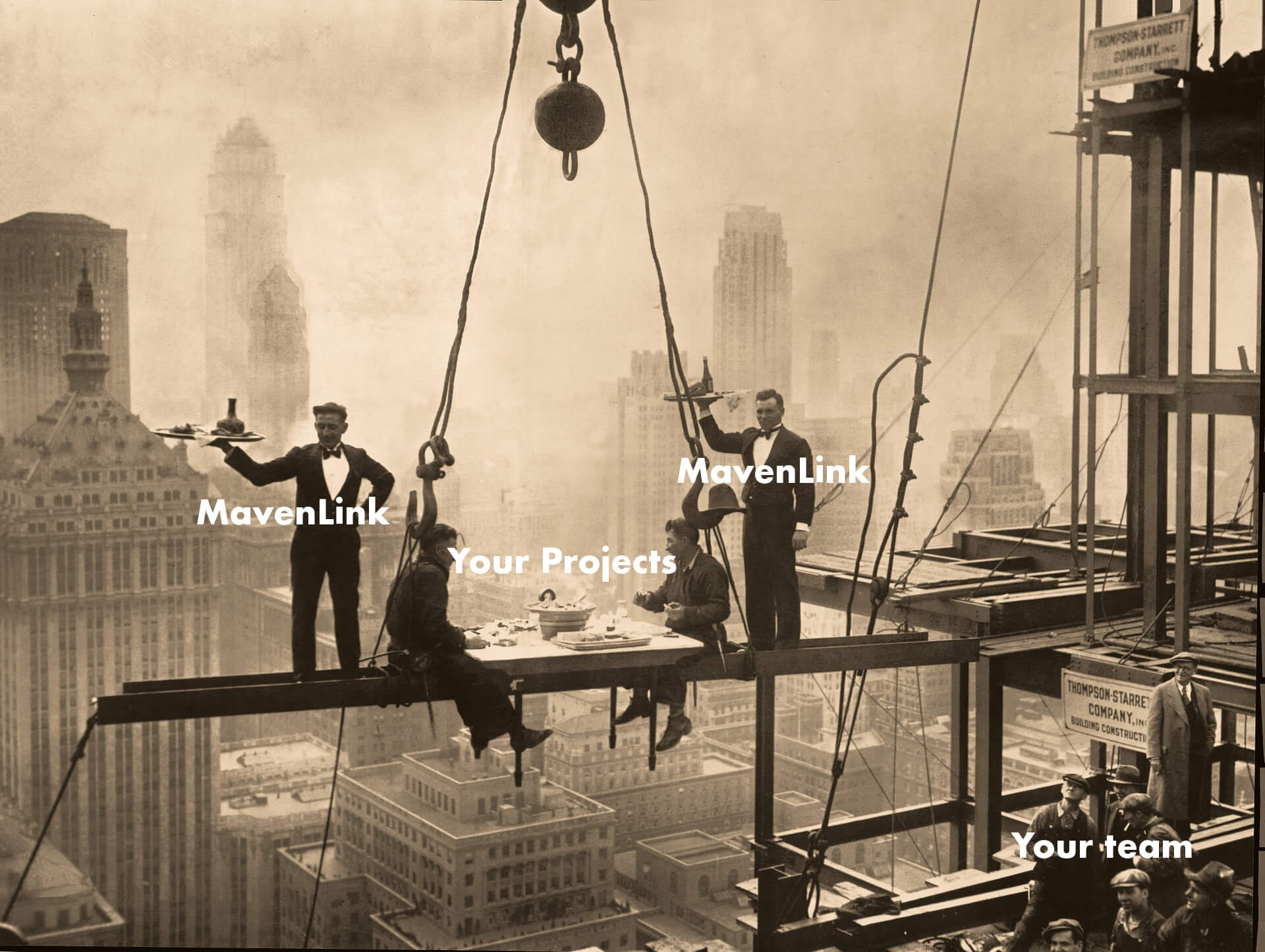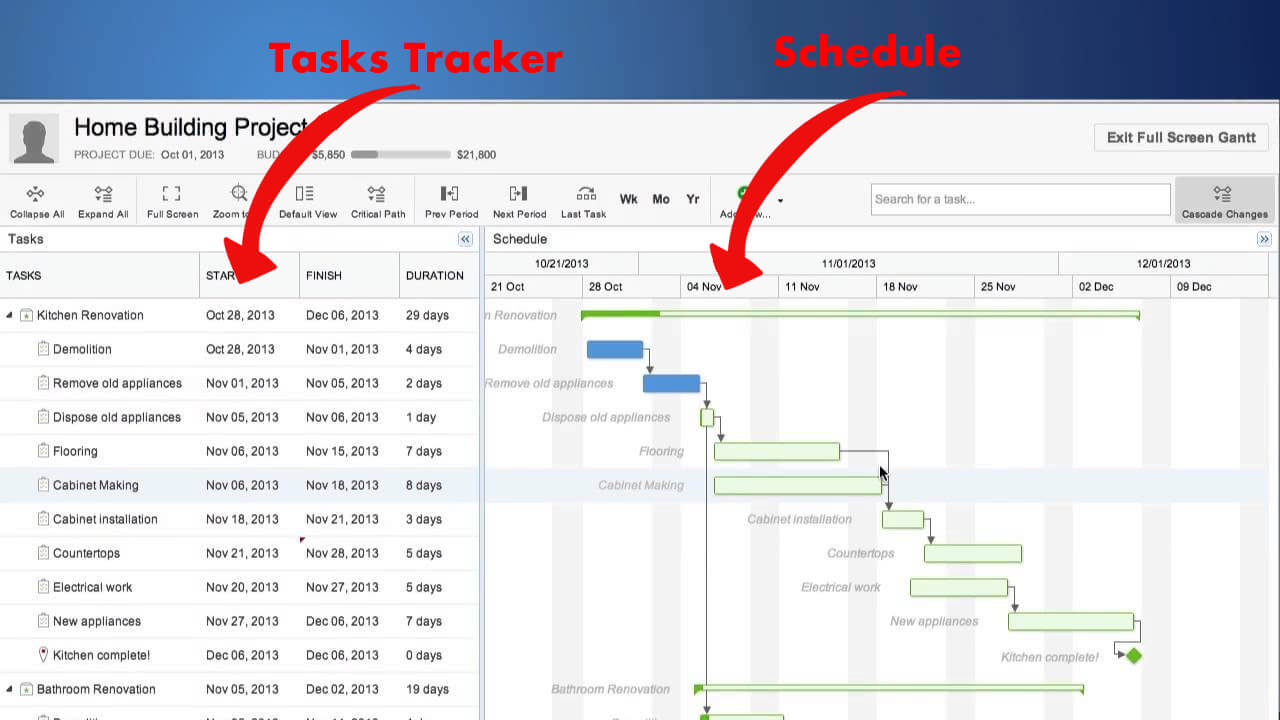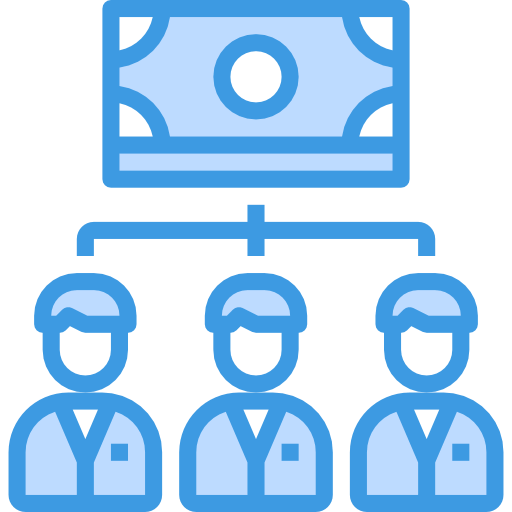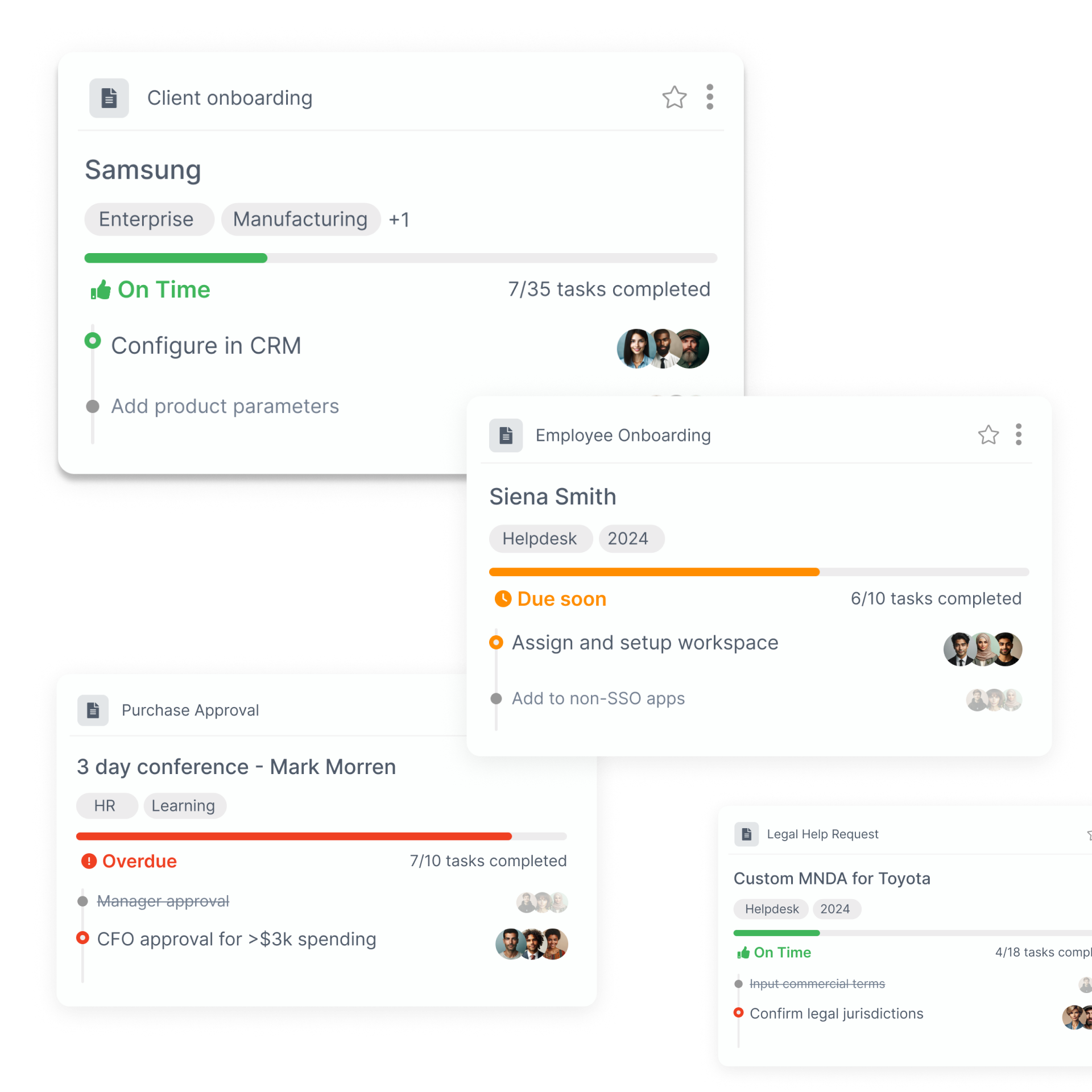How to Make Projects Easier
Since you’ve found your way to this post, I can assume one of two things. You either are already using a project management tool, or you want to find a way to manage an upcoming project in the best way possible.
Project management tools allow us to do just this. Project management tools make projects go more smoothly, as well as provide useful data about how a project is going. This helps an organization to better understand and take strategic action on their projects.

What is MavenLink?
MavenLink is a project management tool that is built to help services organizations. In their early days, they saw that service businesses were tough to operate, the way people work together was changing, and the right software was absent. Nearly 80% of the US economy is service-based, so they knew that their software could provide great value to tons of people.
The founders decided to capitalize on this need for service businesses and the end result was MavenLink. The service helps service businesses by hosting projects, financials, collaboration, resource management, and business intelligence in a single environment. This creates a way for services projects to thrive.

MavenLink aims to help services-based business run more smoothly.
Projects
MavenLink project management helps teams deliver projects on time and on budget, all while ensuring customers are always satisfied. MavenLink uses Gantt charts to do this.
Gantt
Gantt charts are charts that display a series of horizontal lines that show the amount of work donein certain periods of time. It helps make your project visual and time-oriented.
MavenLink’s online Gantt tool lets you drag and drop tasks onto a timeline. This chart lets you create dependencies between tasks as well. Dependencies let you say, “don’t let this task begin until this other task is already completed.” Dependencies are super useful in creating an order to your project’s progression.
MavenLink Gantt charts are made up of two parts: the “tasks” section and the “schedule” section.
MavenLink’s tasks section is basically a table that lets users outline every task in a project. Some of the columns commonly seen on the task section would be things like “start time,” “end time,” “budget,” “budgeted time,” and “percent complete.”

MavenLink tasks tracker and schedules come together for a great Gantt experience.
Tasks made in the tasks tracker will translate over to your visual task schedule. The schedule takes all of your tasks made in the task tracker and presents them in a way that lets users know what’s going on in their project.
Similarly, any changes made in the schedule translate back over to the tasks tracker. For example, if a task’s timeline is made longer or shorter in the schedule, those changes are also made in the tasks tracker’s start and end time columns.

Resource Management
Another great part of MavenLink project management is their resource management features. These features let users manage their resource needs from project planning to project execution.
MavenLink resource management focuses on four stages:
- Estimating
- Planning
- Executing
- Analyzing and optimizing
Rinse and repeat.
Estimating
The estimating stage of MavenLink resource management gives users project templates that draft high-level project plans. These templates outline resource needs, hours, and budgets. Down the road, users can convert and deploy this estimate as a MavenLink project.
Planning
The planning stage gives users a snapshot of all active projects and the user’s resource pool. Planning lets users see what employees are open as well as each employee’s skillset. Merging available resources with active projects streamlines the process of giving tasks to the best-suited employees and partners.
Executing
The execution stage fixes any changes in the project timeline by looking at the resource schedule and making appropriate adjustments. This quickly resolves any changes in the project timeline.
Analyzing & Optimizing
The analyzing and optimizing stage lets users look at their projects and see trends and accurately forecast resource needs. This makes the process of strategically hiring and selling much easier, as you are able to see what your project will need well ahead of time.
Accounting
Another area where MavenLink provides a lot of value to users is their accounting tools that users can use to budget projects. MavenLink links your team’s expenses and invoices to the tasks they impact in real-time.

Time and Expense
The accounting feature provides timesheets and expense reports. Timesheets let you create time entries across all projects and expense reports track expenses for projects, filter by category, and see project receipts.
Expense reports are super useful as they let you see exactly where your money is being spent. These reports tell you what the expense was, when it occurred, how much was spent, where it was spent, and the status of the expense.
The nice thing about MavenLink is how everything in a project is connected. There are a few steps to creating a new expense report. You first go to the expense section from the menu and select “New Expense Report.” From here, you select one of your already-existing projects and outline what this new expense report will be about.
This is where MavenLink’s connectedness comes in handy. Instead of having to log new expenses, you can look at what expenses have already been logged for that project, and choose which ones you want to include in this expense report. This mitigates the process of re-entering expenses that have already been noted before.

Invoicing
MavenLink also gives users the option of making invoices that link with your project’s tasks and milestones. Linking project tasks with a template for making an invoice can make the billing process a lot easier.
When creating an invoice, MavenLink lets you look at how much time was spent or how many resources were used when doing a task or project. These can be put into a function that spits out the amount you need to bill for the tasks or projects.
The invoicing feature also uses weighted milestones to figure out how much you can charge clients at different stages in the project’s process. This lets you collect over the lifetime of the project, instead of all at once.
MavenLink invoicing includes a number of other minor features that make the billing process easier, like calculating sales tax and having multi-currency support.

Rates
Part of the seamless invoicing process is the integration of MavenLink’s rate cards. Rate cards let you project revenue and margins by setting the expense rate and revenue rate per hour for work done by each emplpoyee.
Here’s an example of how MavenLink’s linking of all project aspects comes together to make things easier for you:
Say you are a software dev company that gives tasks to individual employees. MavenLink lets you set the expense and revenue rate for work done by that employee…say we’ll pay this developer $40/hour and charge our client $60/hour for work done. We now know that for every hour of work done by this employee, we’ll have a gross margin of $20.
This gross margin links with the hours logged by that employee to get a final gross margin for the task. Link this info up with MavenLink invoicing and the process of billing clients and paying employees has been streamlined.
Business Intelligence
One of MavenLinks most valuable and powerful features is their analytical toolkit, MavenLink business intelligence. MavenLink business intelligence is only offered in their two highest pricing plans, but it can really materialize into a valuable tool for enterprise-sized businesses.
MavenLink business intelligence has four areas: finances, projects, performance, and reports.
Finances
Business intelligence’s finances feature offers a number of tools that help service businesses better understand their finances. The tools include checking the status of the tasks in your project, better understanding profit margins, checking how well-utilized all of your resources are, and watching bills, expenses, works-in-progress and invoices.
Projects
Business intelligence’s projects feature aims to convert data into decisions. MavenLink Insights provides expert-built reports that help users find trends that impact business outcomes and forecast company performance.
The nice thing about MavenLink Insights is that you have the option to use one of MavenLink’s expert-built templates or create your own reporting template to fit your team’s needs.
Performance
MavenLink Insights lets users get topline performance indicators at a glance. Insights offers 37 reports and visuals that unveil performance metrics for your business.
Some of the focus-area’s of Insight’s performance features include utilization and planning performance, fees, margins, time analysis, and project details.
Reports
MavenLink’s business intelligence merges all of this data into report dashboards. These dashboards can be custom-built to meet your team’s needs.
Reporting bridges a great drag and drop UI with powerful project analytics to create a great resource to find important insights about your service-based business.
Pricing
MavenLink caters toward medium to enterprise-sized companies, so this is something to keep in mind. They have four pricing plans: “Teams,” “Professional,” “Premier,” and “Enterprise.”
Teams
Teams is the most basic pricing plan that MavenLink offers. It is the cheapest option, but it offers the least number of features of the four plans.
With Teams, project teams will get 5 users billed at $19/month per user. Do the math and that comes out to $95/month for the whole team.
The Teams plan only gives access to collaboration, task management, and most of the features offered in MavenLink project management. Some important features that are left out are financials, resource planning, and time tracking.
Features:
- Collaboration
- Management
- Project management features
Cons:
- No MavenLink accounting, resource planning, or business intelligence
Price:
- $95/month for 5 users
Professional
Professional is the next step up from the Teams plan. It offers all the features of Teams plus some more project management features and accounting features.
What sets Professional apart from Teams is the accounting features users receive. As outlined above, MavenLink accounting can really empower your team to automate the invoicing process. The downside of this is the cost; this plan is more than twice as expensive as Teams at $39/month per user.
One thing to note with the Professional plan’s accounting features is that this plan doesn’t include rate cards usage. This means that automatic gross margin calculations are out of the picture. Still, this plan offers the important budgeting and expense tracking features.
Features:
- Collaboration
- Task management
- Most project management features
- Most accounting features
Cons:
- Accounting excludes the use of rate cards
- No resource planning or business intelligence
- Twice as expensive as the Teams plan
Price:
- $39/month per user
Premier
Premier is different from the first two price tiers for a number of reasons. First, there is no set price for Premier plans. You have to reach out to MavenLink to get a quote for their Premier plan. Premier does introduce a number of features that make it more attractive than the other two.
While the Professional pricing plan had a few down sides in its lack of full accounting features as well as no resource planning or business analytics, MavenLink Premier resolves all of these issues.
MavenLink Premier gives users not only full accounting features, but also full resource planning as well as limited business intelligence features. This lets users to always know what resources they can use, as well as see important project analytics.
Features:
- Collaboration
- Task management
- Project management
- Accounting
- Resource management
- Real-time analytics
Cons:
- No established price plan
- Lacking most business intelligence features
Price:
- Must contact MavenLink for pricing
Enterprise
MavenLink’s Enterprise plan is their highest-tier pricing plan. With Enterprise, users will get all of MavenLink’s features. Most notably, Enterprise lets users leverage business intelligence features to amp up their projects.
Business intelligence offers a number of tools to help users get the information they need to get the results they want. These tools include project statuses, profit margins, utilization analytics, and time and expense analytics.
Business intelligence takes all of this data into account to generate analytics reports so that users can perfect the art of service-based project management.
Features:
- All of MavenLink’s features, including…
- Collaboration
- Task management
- Project management
- Accounting
- Resource management
- Business intelligence
Cons:
- MavenLink’s most expensive plan
- No established price plan
Price:
- Must contact MavenLink for pricing
Recap
So, what is MavenLink? MavenLink is one of the most powerful service-oriented project management tools out there. It is a tool that links data to make your business as effective as possible.
I hope you enjoyed and learned a lot from this read. Feel free to reach out to us with any project management questions!

